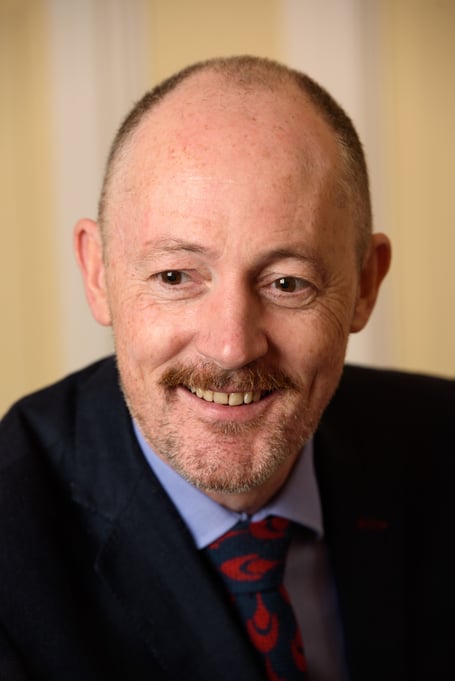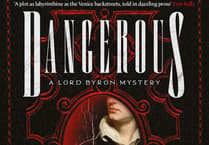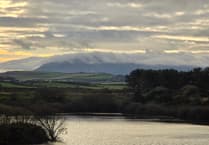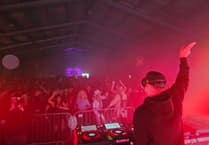An influential Renaissance architect will be the topic of the latest Isle of Man Arts Society talk.
Andrew Hopkins will be the guest lecturer for this month’s talk. He is currently an associate professor at L’Aquila University in Italy and was awarded the Essay Medal by the Society of Architectural Historians for part of his PHD on Venetian Architecture.
Andrew’s lecture will focus on the Renaissance architect Andrea Palladio whose villas are his most celebrated accomplishment because of their beauty, practicality and sometimes iconic stature.
The city of Vicenza, with its 23 buildings designed by Palladio, and 24 Palladian Villas of the Veneto are listed by UNESCO as part of a World Heritage Site. The churches of Palladio are also found within the ‘Venice and its Lagoon’ UNESCO World Heritage Site.
Palladio was born in 1508 in Padua, the son of a miller. He was introduced into the work of building at an early age, starting as an apprentice at the age of 13 to a noted sculptor and stone cutter for six years. The work was hard and he ran away to Vicenza but was forced to return to fulfil his contract.
He returned to Vicenza when his contract finished and spent most of his life there. At the age of 30 he was employed by the humanist poet and scholar of ancient Rome Gian Giorgio Trissino to rebuild his residence.
Palladio received the formal title of architect in 1540 and the next year he accompanied Trissino to Rome where he studied Roman works and sculptures. He made several trips to Rome over the ensuing years to study ancient Roman architecture.
Palladio travelled to Rome as he aspired to become a Papal architect but the death of Pope Paul III ended his hopes, and a year later his patron Trissino died, but by this time Palladio had become very well-known and admired as an architect.
His famous book ‘The Four Books of Architecture’ had been published and his influence spread throughout Europe. He was an inspiration for Inigo Jones who was the first to employ Vitruvian principles of proportion and symmetry into his buildings in England.
The lecture will take place on Tuesday, April 16 at 11.30am at the Manx Museum.





Comments
This article has no comments yet. Be the first to leave a comment.